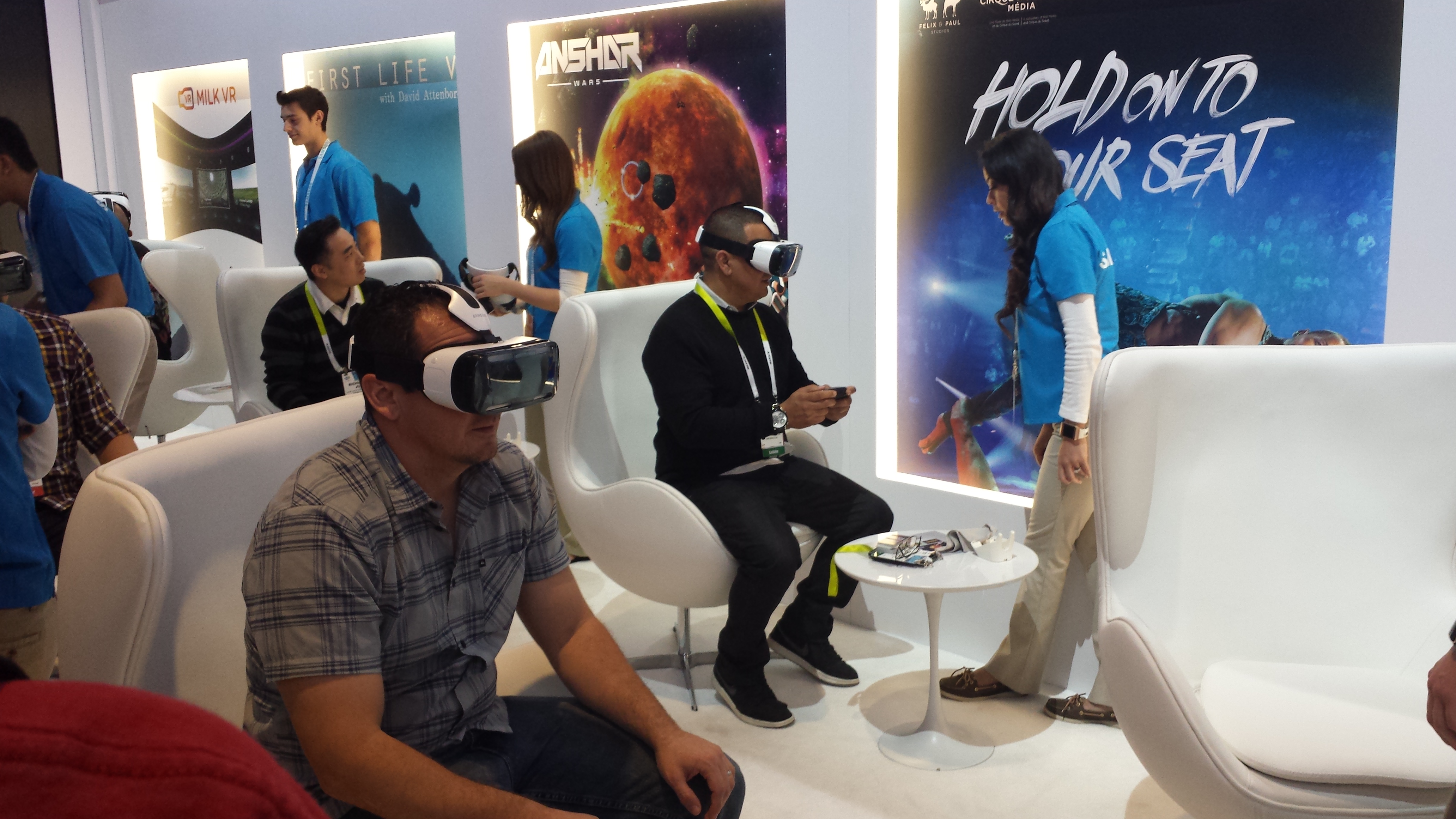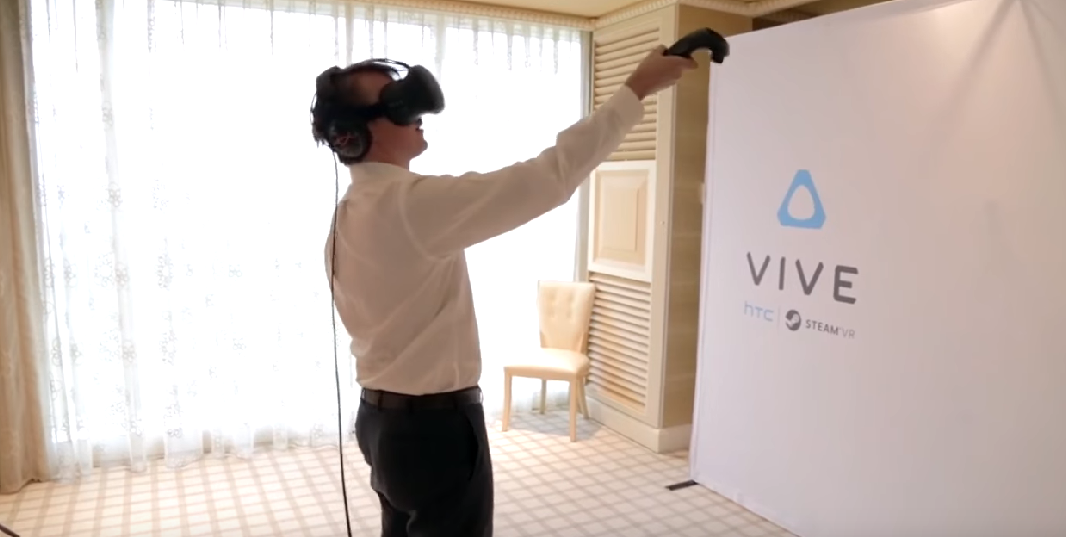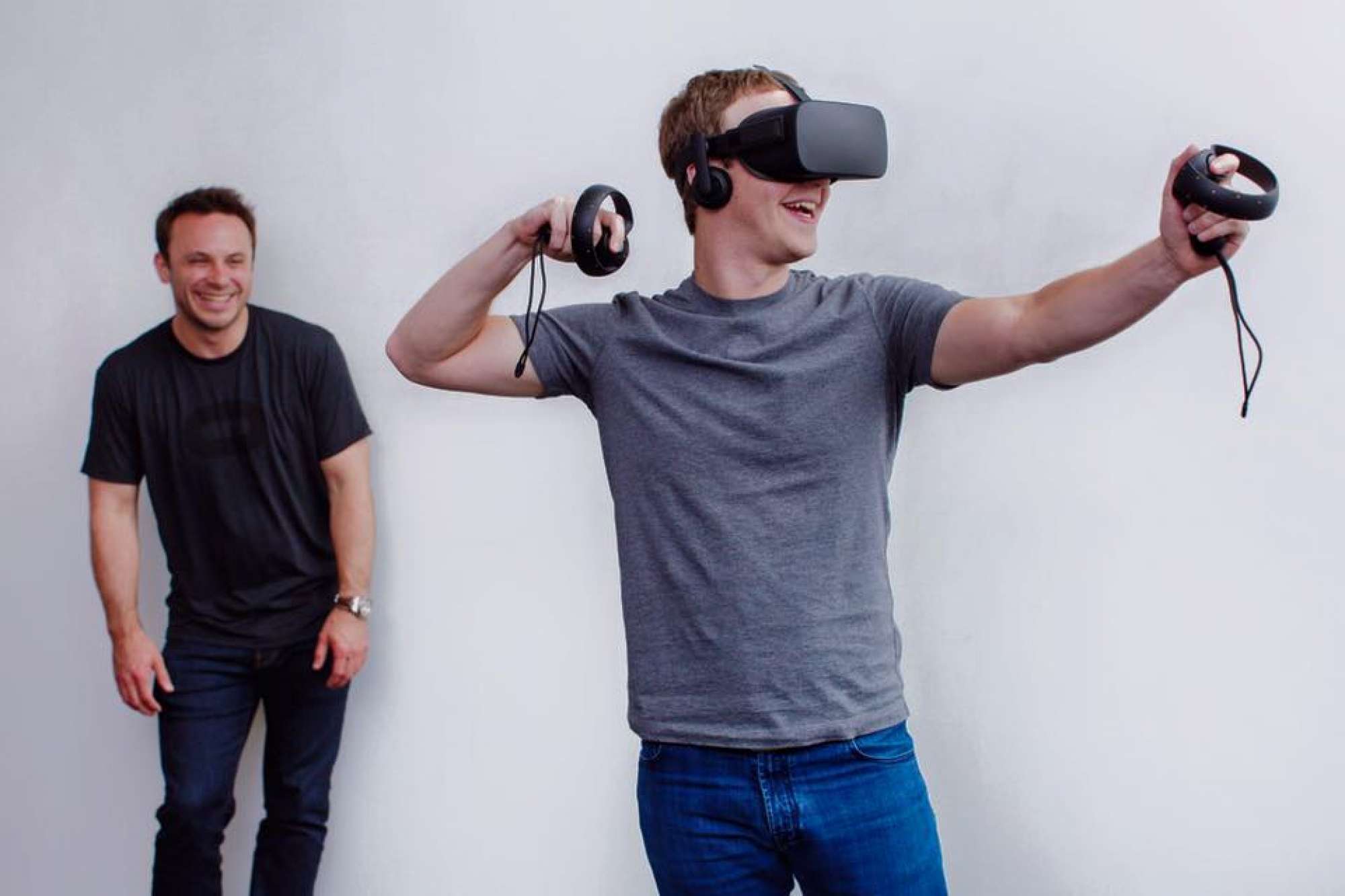Depending on who you ask, virtual reality is either the best technological advancement since the creation of the World Wide Web, or it’s just another passing fad like motion controls and 3D TVs. The truth, like most situations, probably lies somewhere in between.
Like a lot people, even I wasn’t sold on virtual reality completely, then everything changed when I finally got to experience it for myself. Everything from the latest head-mounted displays and motion controllers synced with VR gaming experiences, to some of the most breathtaking and graphically impressive game demos I’ve ever seen, I was finally on board. E3 happened a few months later and it solidified my impressions.
Not only does the experience immediately implant you into a different world with completely believable immersion, but it also provides a high-level of interactivity in all aspects of the experience. Everything from survival horror, to first-person shooters, to narrative adventure games, to roleplaying games, and everything in between: virtual reality is a game changer (pun intended.) After E3 I could finally agree that the future of gaming truly lies with virtual reality…just not yet.
“I think we’re just now entering the consumer stages of virtual reality,” said Simon Carless, executive vice president of GDC during a phone interview. “Early adopters and tech enthusiasts are still the target audience for now, and we’ll have to see where it goes from there.”
Now, just a few days away from VRDC and GDC 2016, we’re also only a few weeks or months away from the first wave of consumer model headsets for the Oculus Rift, HTC Vive, and PlayStation VR.
You’ve Got to Try It to Believe It
One of the biggest barriers to not only adoption, but consumer confidence in general, is that people have to try VR to truly understand and enjoy it. People that haven’t experienced it don’t understand it and therefore aren’t interested. According to a survey conducted by YouVisit last year, only approximately 11 percent of people in the US have tried VR, which is probably a generous number realistically given the sample size of only 1,000 consumers, and it includes entry level devices like the Google Cardboard.
Additionally, it was a survey of people that are already Internet/tech users over the age of 18, so I’d imagine it’s skewed a bit based on inherent interest as well. Of the remaining people surveyed, 30 percent said they’re interested in trying it. The secret to virtual reality’s broad adoption isn’t going to be getting VR in the hands of those that want it. The real key is going to be convincing those that don’t understand it.
“VR is gaining a lot of traction, especially in the investment community” said Carless. “We’re cautiously excited about where it can go in the future.”
Redefining Interactivity
When it comes to using a virtual reality device, it’s often best to start small. Introduce someone with a 360-degree photo library, or show them a slow-paced video they can easily digest and look around in. After that, dive into something a bit more interactive.
By shifting the experience from something you’re looking at to something you’re believably interacting with, not only shifts the paradigm, it creates a brand new paradigm that most people can’t quite comprehend. With the HTC Vive, I can reach out and push things, or interact with them. I can lean forward into the world and experience it from a full 360-degrees.
“Part of what makes virtual reality interesting is that it stretches beyond games and into entertainment, education, and other areas,” said Carless. “At GDC this year, we don’t just have a few sessions tucked away about VR, we’re launching the Virtual Reality Developers Conference which is dedicated to high-takeaway, practical talks about how to make VR games and entertainment better.”
And it won’t just be about VR games at GDC this year either. VRDC has different tracks and sessions dedicated to VR entertainment such as movies, short films, narrative experiences, and even music. It’s a multi-faceted event that’s tackling the biggest points of emphasis from all corners of the VR market – it just so happens that gaming is the biggest part of that market for the time being.
VRDC Marks a Brand New Paradigm
You’ll see a lot of people draw comparisons between the boom of VR and the previously popped bubble of 3D televisions, but that’s a faulty analogy. VR’s introduction to the game industry is much more akin to the television’s introduction to the entertainment industry. Before television, there was radio.
“The industry is certainly hoping that VR isn’t like some of the other trends that have popped up before falling away without leaving a big mark,” said Carless. “For example, a lot of people got excited about 3D stereoscopic gaming/TVs and how that would change the game industry, but it’s essentially forgotten now.”
And now VR puts gaming on the precipice of evolving into a new dimension of possibilities. No longer will you be limited by a confined television screen across your living room. Soon, you’ll have no limitations as you freely roam and explore entire worlds and galaxies. In a recent interview with GamesIndustry.biz, Clive Downie, the CMO of Unity, stated:
“Think about what you might want to participate in with VR and AR and then 5X that. That’s the whole point, it’s everything.
Drop the word virtual, it’s going to be another reality so you’re going to be able to participate in all manner of creative, social, exploratory, adventure, competitive things that we don’t even have any comprehension of right now. I’m excited for the time when I can put on my device, scan my social feed and actually go into a scene which one of my friends is sharing with me in terms of where they’ve been in the world.”
It will likely be several years before we reach the point where VR devices are as ubiquitous as other devices in the average household. That world lies far beyond our own, but the first step of progress is implementation.
Investment is Building
Luckily, it’s not a movement reserved for sci-fi forums and message boards any longer. As VR continues to grow in popularity, the investment numbers will continue to grow as well. Since 2010, investors have funneled more than $4 billion into the VR and AR pools of technology development, half of which is attributed to Facebook’s acquisition of Oculus in 2014.
And even though the real apex of VR and AR might be half a decade or more away, consumers are still projected to pour more than $5 billion into the industry this year. It’s been said before and it’s worth repeating: 2016 is undoubtedly the coming-out year for virtual reality.
But what does that mean for gaming? Well, it obviously means that you’ll see the early adopters of the Oculus Rift, HTC Vive, and PlayStation VR (Morpheus was a way better name, by the way) championing these devices as the greatest achievement in human history. Astronauts are already testing both VR and AR in space, educators are using it to teach subjects to children in school, medical professionals are using it to aid in complex surgeries, and some people even use it to help them get over their anxiety on airplanes.
That’s a lot of applications that the majority of the public will never really know about or understand. At the end of the day how it impacts the game industry and the way we interact in virtual space remains to be seen, but it’s happening. At GDC and VRDC this year, HMD manufacturers will finally have the chance to show off not only the consumer models of their devices, but also the launch titles and debut experiences that millions of people will finally be able to get their hands on. This is the moment.
“This year, GDC and VRDC are positioned to be a practical real guide to where the VR industry might be going,” said Carless. “There are so many unsolved issues, and we’re excited to help VR creators solve them on a larger stage.”




























